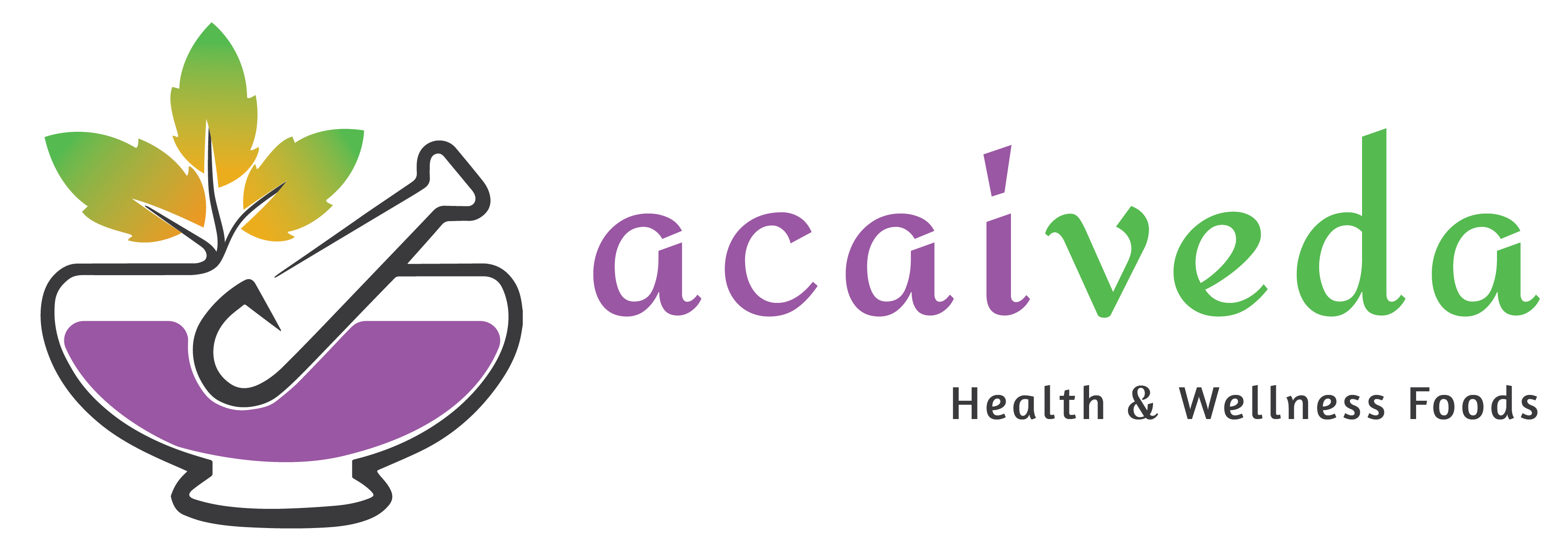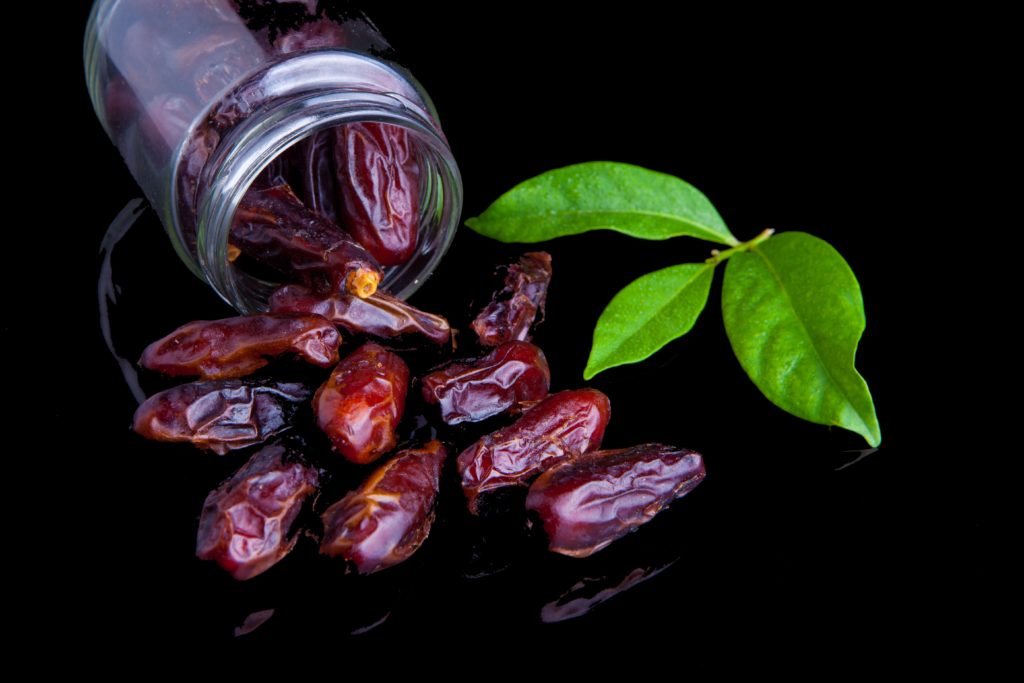
AVOCADO: THE PERFECT PAIRING OF TASTE AND HEALTH
WHAT IS THE HISTORY OF AVOCADO?
The avocado (Persea americana) is a tree that is native to Central and South America, specifically the regions extending from southern Mexico to the Andean regions of South America. The avocado has been cultivated for thousands of years by the indigenous people of these regions, who have traditionally used it as a food and medicine.
The ancient Aztecs called the avocado “ahuacatl” which means “testicle” because of its shape, and they believed it had aphrodisiac properties. Avocado was an important crop for the Aztecs and was used in many dishes, including guacamole, which is still a popular dish today.
The avocado was first introduced to Europe by Spanish conquistadors in the 16th century, and it was later brought to the United States in the 19th century by traders and immigrants. At first, the avocado was not popular in the United States, but as people began to learn about its nutritional value, it started to gain popularity.
In the 20th century, avocado farming expanded in California, and avocado became a staple in many American diets. Today, avocado is a popular food ingredient worldwide, and it’s enjoyed in many different dishes, including guacamole, avocado toast, and sushi rolls.
WHAT NUTRIENTS ARE IN AVOCADO?
Avocados are a rich source of essential nutrients, including:
- Healthy monounsaturated fatty acids, such as oleic acid, which can help support heart health.
- Fiber, which can help regulate digestion and promote feelings of fullness.
- Potassium, which is important for maintaining healthy blood pressure and heart function.
- Vitamin K, which is important for blood clotting and bone health.
- Vitamin C, which is important for skin health and immune function.
- Vitamin B6, which is important for neurotransmitter function and energy production.
- Folate, which is important for cell growth and development.
- Vitamin E, which is a powerful antioxidant that helps protect cells from damage.
- Magnesium, which is important for healthy bones, heart, and muscles.
- Phosphorus, which is important for strong bones and teeth.
WHAT IS THE DAILY VALUE OF NUTRITION IN AVOCADO?
A 100-gram serving of avocado contains:
- 4% of the daily value (DV) of Fiber
- 2% of the DV of Protein
- 4% of the DV of Vitamin C
- 4% of the DV of Potassium
- 4% of the DV of Folate
Avocado also contains small amounts of other essential vitamins and minerals, such as vitamins K, B6, and E, and calcium and magnesium.
WHAT ARE THE BENEFITS OF AVOCADO?
Avocados are a nutrient-dense fruit that offers a variety of potential health benefits. Some of the benefits of avocado include:
- Heart Health: Avocados are high in monounsaturated fats, which can help improve cholesterol levels and reduce the risk of heart disease.
- Weight Management: Avocados are high in fiber and healthy fats, which can help you feel full and satisfied, making them a great food for weight management.
- Eye Health: Avocados are a good source of lutein and zeaxanthin, two antioxidants that are important for eye health and may help reduce the risk of age-related eye diseases.
- Brain Health: Avocados are high in monounsaturated fats, which can help improve blood flow to the brain and may help reduce the risk of stroke.
- Anti-Inflammatory: Avocados are high in anti-inflammatory compounds that may help reduce inflammation throughout the body.
- Nutrient-Dense: Avocados are a good source of many essential vitamins and minerals, including potassium, vitamin K, vitamin E, and vitamin B6.
- Skin Health: Avocados are high in healthy fats and antioxidants that can help moisturize the skin and protect it from damage.
HOW DO I CONSUME AVOCADO?
There are several ways to consume avocado, including:
- Raw: Slice an avocado in half, remove the pit, and eat it directly with a spoon or chop it up and add it to salads, sandwiches, or dips.
- Guacamole: Mash avocado with some salt, lime juice, and other ingredients of your choice to make a classic dip.
- Smoothies: Blend avocado with milk or yogurt and other fruits to make a creamy, nutritious smoothie.
- Spreads: Mash avocado with a fork and spread it on toast or crackers.
- Baked goods: Avocado can be used as a substitute for some of the fat in baked goods, like cakes and brownies.
- Sauces: Blend avocado with other ingredients to make a creamy sauce for pasta, tacos, or grilled meats.
- Stuffed: Cut an avocado in half, remove the pit, and stuff it with your favorite ingredients, such as cheese, tuna salad, or veggies.
HOW MANY AVOCADOS CAN I CONSUME DAILY?
It’s avocados!! There are no limitations!
Note: We are a small business so we used a cheat code (ChatGPT, phew, technology has come far!) to help me write this blog post. I double-checked the information contained within this post to ensure accuracy.





